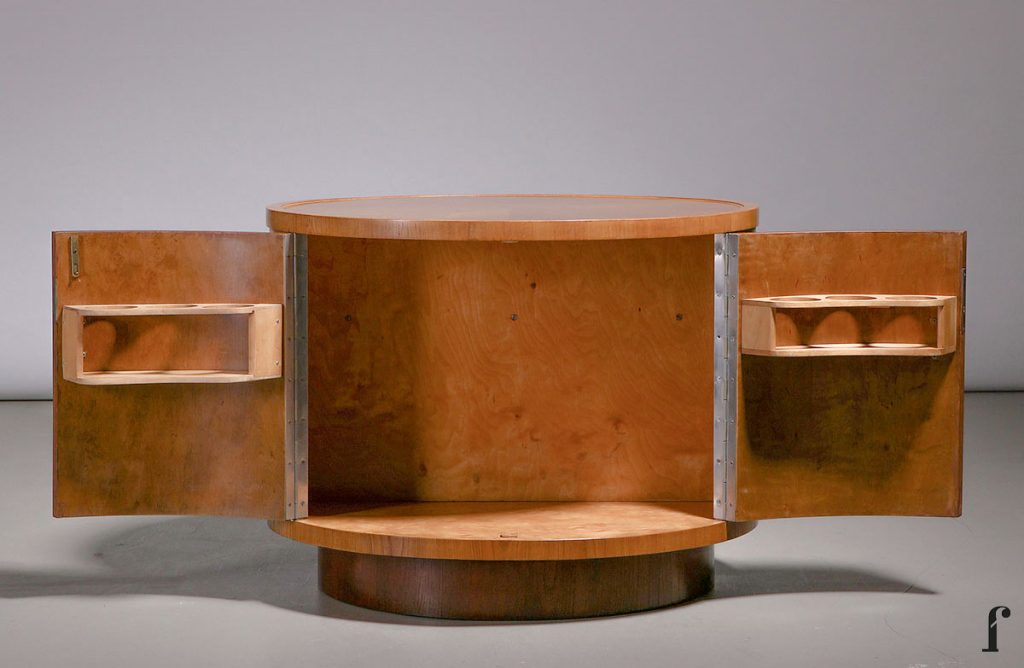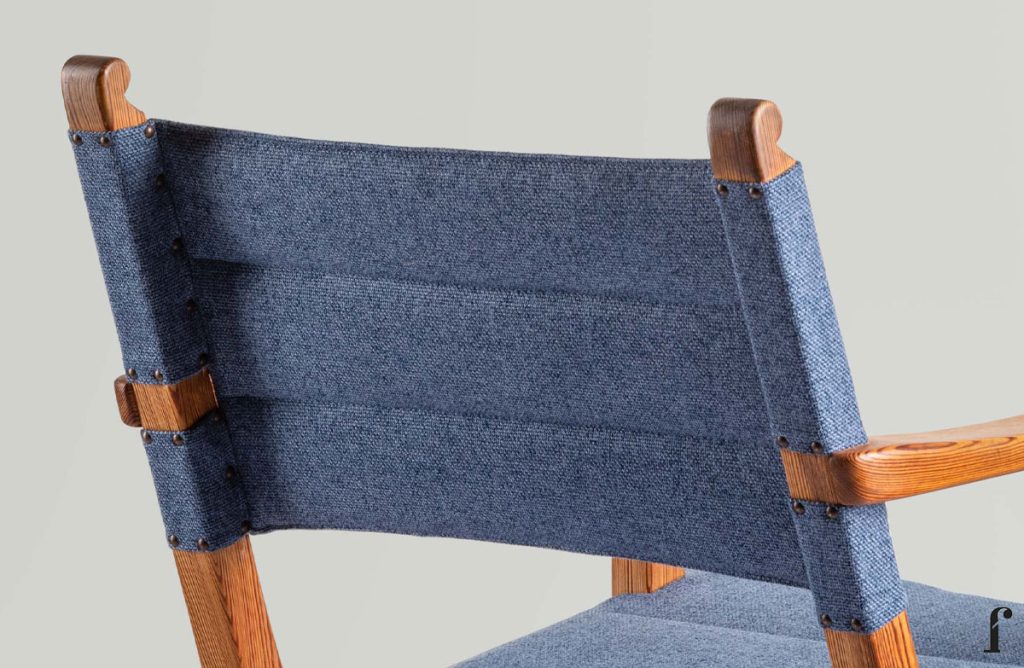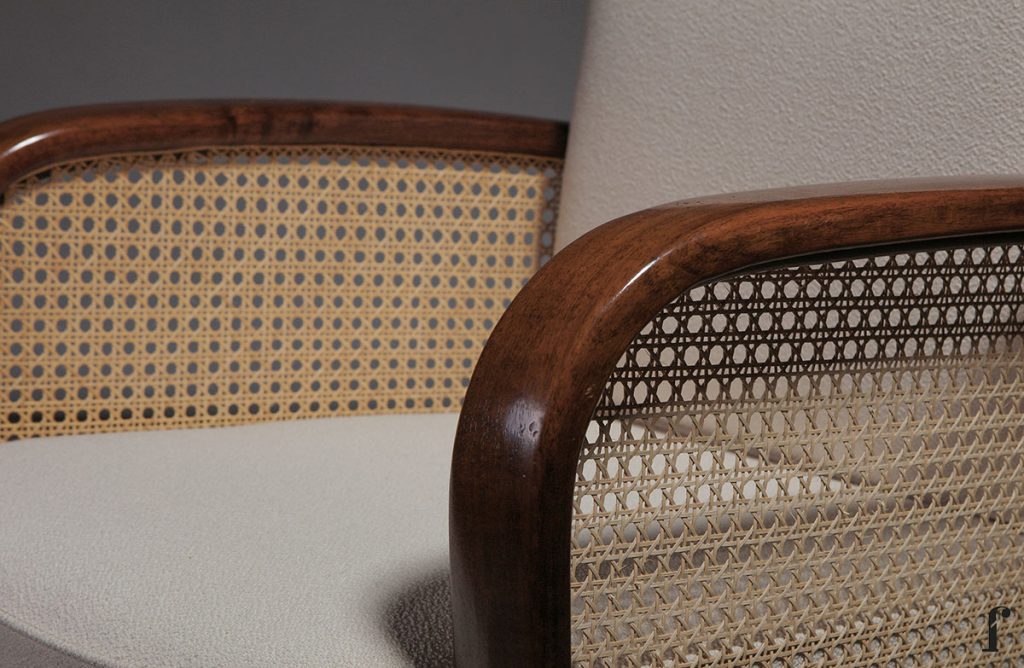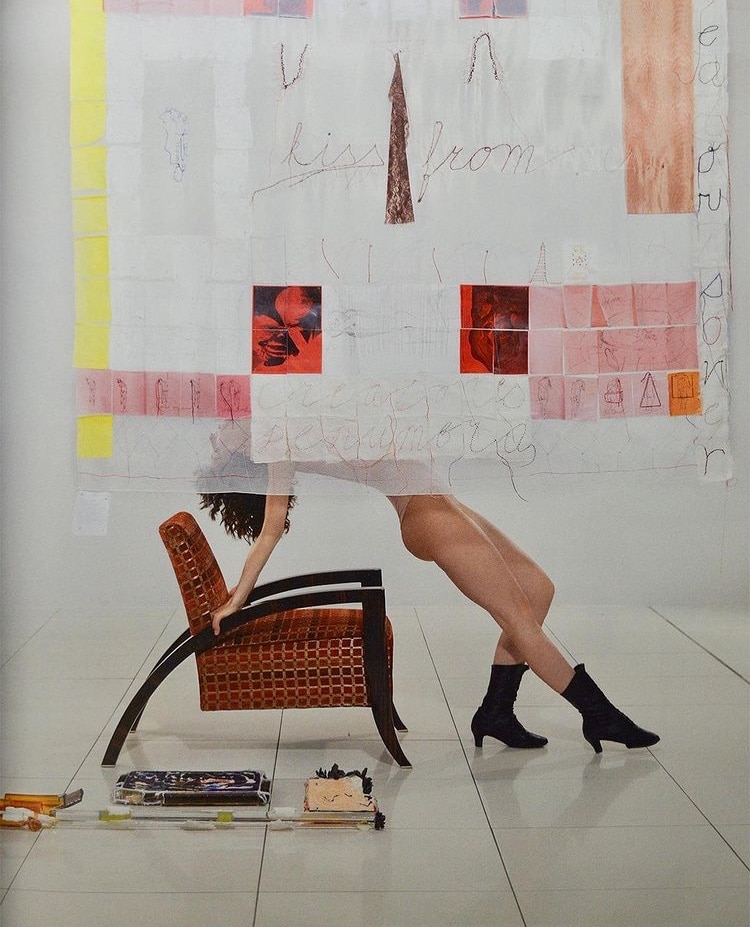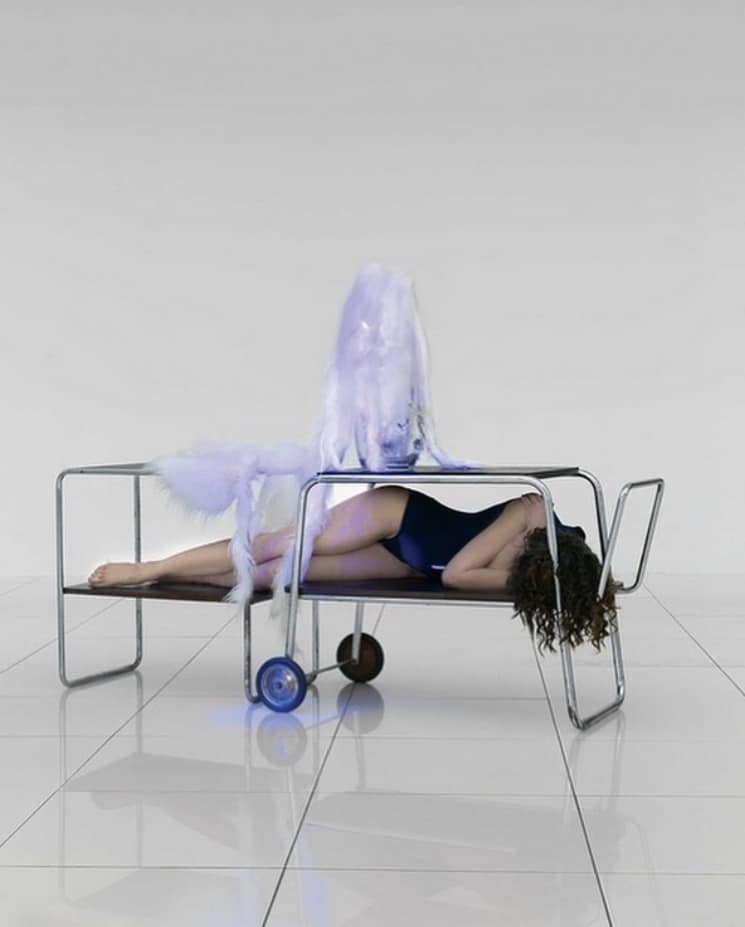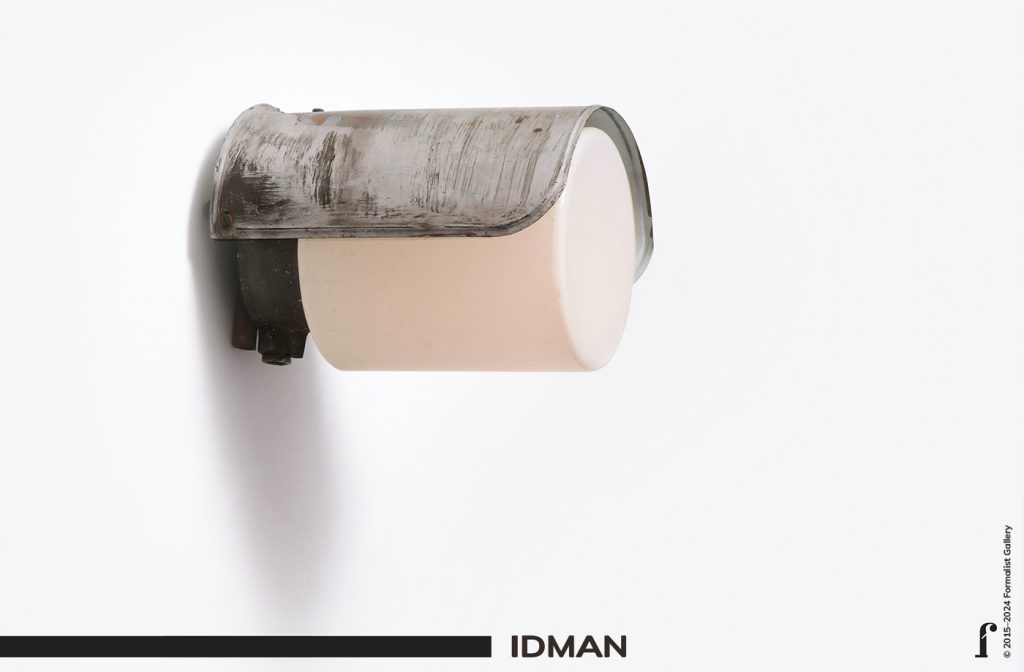
Karl Hjalmar Idman was born on December 11, 1872, in Helsinki. As he grew up, he moved to Pori, a smaller city located in the southwest of Finland. In 1897, when Karl was 25 years old, he established his first company, Idman, in a house that also served as his home at that time. Initially, he focused on selling lamps as well as other glass and porcelain goods. Although his business was doing well, Hjalmar Idman wanted to expand into the wholesale sector.
In 1919, Hjalmar Idman sold his company and returned to Helsinki. A year later, in 1920, he partnered with Einar Ahlström (1891-1959), who owned his own glass and china shop called Oy E. Ahlström & Co. Ab in Helsinki. Together, they established a new company named Hjalmar Idman Oy, which focused primarily on selling crystal glass. Hjalmar Idman served as the company’s CEO, and at that time, the company had a total of 67 shareholders, including co-founder Einar Ahlström and his brother Jalmari Ahlström (1896-1944). They opened their first store at the corner of Aleksanterinkatu and Mikonkatu in central Helsinki, and later opened additional stores in the cities of Kuopio and Tampere.
After four years, in 1924, Karl Hjalmar Idman died at the age of 52. Following his passing, his wife Astrid Idman sold her 14 percent share in the company to its co-founder, Einar Ahlström, but continued to work for the company. In 1928, the company was renamed to Idman Oy.
In 1937, a subsidiary of Idman Oy called Neon-Teho Oy began producing neon signs. The company was jointly owned by Idman Oy and Jalmari Ahlström. Neon-Teho’s clients would usually create their own signs, but if necessary, Finnish artist Mauri Almari would assist with the design. After Jalmari Ahlström passed away in 1944, Neon-Teho Oy was merged with Idman Oy and the manufacture of both Idman’s lamps and neon lights took place on the same premises. Given the scarcity of resources during the war in the 1940s, every material had to be carefully used.
Idman Oy owned a woodwork and shades factory in Helsinki. The factory was initially owned by Mr. and Mrs. Holman, who began their cooperation with Idman Oy in 1946. After the war, it was challenging to acquire the required fabrics for production; nevertheless, Mr. Holman’s contacts enabled him to obtain the necessary raw materials. The renowned Finnish glass and metal artist Gunnel Nyman (1909-1948) who primarily designed for the glass factory in the town of Riihimäki, also designed furniture and lamp shades at that very woodwork factory, however only a few of her designs there were ever produced. At the same time, Nyman also designed lamps for Orno Oy, Idman’s strong competitor. The woodwork factory was, however, small, and it eventually ceased operation.
In 1953, Idman Oy had acquired a majority stake in Oy Taito Ab, the promising Finnish manufacturing company that was co-founded by Finnish lighting pioneer Paavo Tynell in 1918, five years after his graduation from the Central School of Arts and Crafts in Helsinki. Shareholders of Oy Taito Ab included industrialist Gösta Serlachius (1876-1942), Finnish sculptor Emil Wickström (1864-1942), Finnish artist Eric O. W. Ehrström (1881-1934), silversmith Frans Evald Nykänen (1893-1950), and, of course, Paavo Tynell himself. Oy Taito Ab was the ultimate Finnish lighting industry innovator of that time. Tynell worked at the company as the managing director until his retirement in 1953, when the company was acquired. After the acquisition, Idman Oy decided to merge its and Taito’s factories, despite Paavo Tynell’s objections. Tynell continued to design for Idman Oy until the mid-1960s, while also working as an independent designer for various other international companies.
During the early 1960s, Idman Oy decided to shift its focus towards the Finnish market and began investing in series production development. As a result, Taito’s factory was shut down, and the production was relocated to Mikkeli, a town situated on Lake Saimaa. During that period, Idman Oy was also a distributor of electrical components, including those for televisions, radios, refrigerators, freezers, and washing machines. However, in 1965, the company officially decided to discontinue its electrical wholesale department and instead focus solely on producing lighting products. This new strategy allowed the company to specialize in creating streetlight fixtures, fluorescent and industrial lighting, searchlights, and airport surface lighting.
In the spring of 1981, Idman Oy was acquired by Nokia, and a new CEO was brought in. With Nokia’s larger resources, Idman’s research and development gained momentum, resulting in the creation of new products and an increase in staff. In 1986, Nokia acquired a majority stake in SLO-Metal Oy. In 1988, the company was renamed SLO-Idman Oy, which marked the end of the old Idman company and brand.Later, in 1990, it was announced that Idman would merge with Valasinpaja Oy, a lighting company specializing in custom lamps for architectural and design projects. The merger was completed in 1995, and the new company was once again named Idman Oy. In late 1993, Nokia sold its ownership of Idman Oy to AEG Holding Finnland Oy. Consequently, the company became a subsidiary of AEG Corporation. AEG later divested its lighting business, which included Idman Oy. The Dutch company Philips Lighting B.V. acquired the company, and by the fall of 1994, it officially became a part of the Philips Group.
In early 2007, Philips Lighting B.V. merged all of its operations in Finland, including Idman Oy, into a single company named Philips Oy. In late 2008, Philips Oy sold its airport lighting operations. Today, Idman Oy is part of Safegate group, which has manufactured airport lighting as Idman Airport Lighting Oy since 2009.
Learn more about our collection and available pieces by Idman Oy.
